For years, I had assumed that if I ever needed untreated 4×4 lumber, I’d find it at the local home center. I never bothered to look for them because I never needed them … until I did.
As we got more requests for elevated garden beds, we had to figure out the design and materials to use. Regarding the walls, floor and upper ledge of the garden bed, we had lots of questions … and lots of testing to do with material of varied thicknesses.
As for the legs of the garden bed, however, that part was easy. Untreated 4x4s was the obvious material to go with. We just needed to find them. This proved to be more challenging than we expected.
Where to Find Untreated 4×4 Lumber
At every home center we visited, there were plenty of 4x4s made with pressure-treated pine and cedar. But we couldn’t use either one of these products.
Pressure-treated pine was out of the question, first and foremost, due to its color. Whereas the rest of the garden bed is made with golden cedar, PT pine is greenish in color. That would make the legs stand out in sharp contrast with the rest of the product. And even if we were ok with that contrast in color, we had a secondary reason to avoid PT pine. Most clients simply don’t want their garden beds built with chemically-treated lumber.
As for cedar 4x4s, the common ones we found were simply too expensive. As of this writing, an 8-foot 4×4 is selling for $43 at Lowes. We needed two of these 8-footers for each of our long garden beds. So this option would add nearly $100 to our material cost. That extra cost would then take our selling price beyond where we wanted it to be. So we kept looking for another option.
To be perfectly honest, we didn’t even know what we were looking for. Even if we found untreated 4x4s in pine, we knew we couldn’t use that either. It would deteriorate too quickly, much faster than the rest of the bed’s materials.
Douglas Fir 4x4s
And that’s when we met our good friend, Douglas. Douglas fir, that is.

I cannot overstate how important it was for us to realize the effectiveness of using Douglas fir for garden beds. It was a total gamechanger for us and our clients. It kept our material cost down, which helped us maintain reasonable prices for well-built products.
The resilience of Doug fir doesn’t quite match that of cedar. It’s definitely a step down in terms of longevity in exterior applications. However, we had a specific solution for that issue. We applied a water seal to the very bottom of the legs. This end would be prone to absorbing water on the ground which would quickly make it deteriorate. By sealing up that end, it helped the legs to effectively repel groundwater instead of absorbing it. Problem solved.
As for its color, Doug fir is pinkish in color whereas cedar is closer to brown. After about a year, however, it doesn’t matter. Both the cedar and the Douglas will go grey and will almost appear to be the same material.
The only issue we’ve had with Doug fir 4x4s is that they’re a little hard to find. There’s only one Home Depot in our area that carries them. But as of right now, it’s totally worth it to go there. They’re only $13 to $15. Check for them in your area with this link: Douglas fir at Home Depot. The model number for this lumber is 279542.
Back to Cedar 4x4s
We carried on with Douglas fir 4x4s for quite some time. We built dozens of elevated beds with them.
But then we made another groundbreaking discovery early in 2023 which – once again- changed everything.
As you can imagine, we constantly monitor the price of lumber. I can tell you the approximate price of all the lumber at a home center without looking at any of the price tags. When I walk by a stack of cedar 4x4s, I know they’re going to run between $40 and $45.
So you can imagine my surprise when came across a stack of them at Home Depot for $25! I froze and just stared at the price tag in disbelief.
“This can’t be right. Is this the discounted lumber section? Is there something wrong with it? No!? Is this really cedar? It is!? How is this possible? Where’s the manager?”
Even now, I can’t really explain how or why Lowes and Home Depot sell some cedar 4x4s for $25 and some for $40+ … in the same store. Sometimes, on the same rack. In appearance, they’re pretty much the same thing. They have the same weight and density. They even smell the same.
Affordable Cedar 4x4s at Home Depot and Lowes
As I continued looking into the difference between them, the only detail I could find is that the more-expensive 4×4 is labeled as Western Red Cedar whereas the $25 4×4 is not. Aside from that, every other detail is the same. They’re both considered “green lumber,” which means they haven’t been dried in a kiln. They have the same weather-resistant qualities which make them last a long time in the outdoors.
Thus, I came to the conclusion that I can use them for our elevated beds. It’s a big win for everyone involved; for us, for our clients and even for Lowes and Home Depot. The legs on our elevated garden beds are now made with wood from the same species as the rest of the product. Everything perfectly matches in color and none of the lumber is treated with chemicals (none of the cedar lumber at home centers is ever treated).
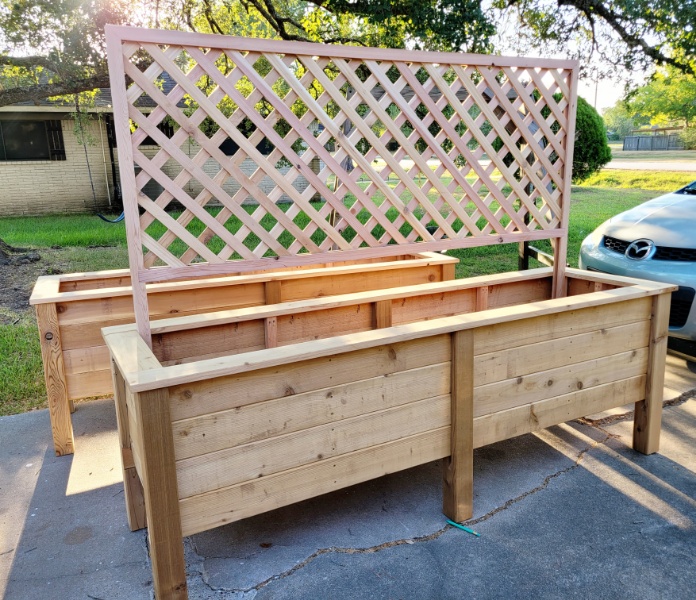
Our cedar elevated garden bed with untreated 4×4 legs
Again, the only challenge with these is that they’re not at ever store. At Home Depot, the model number is #2900808. At Lowes, the item number is 854882, currently at $35.
Of course, the good news for you is that if you don’t need your untreated 4×4 to be cedar, you’ll pay much less than $25. I linked above to Home Depot’s option. And here is the link to the Lowes option (link). When you find these at a store, it may be Douglas fir or possibly spruce. But they won’t be treated.
As for untreated 4×4 in pine, I’ve never seen them. But with one of the options presented above, you’re likely to find what you need.
I welcome and look forward to your feedback. Leave a comment. I wood love to hear your thoughts! 🙂
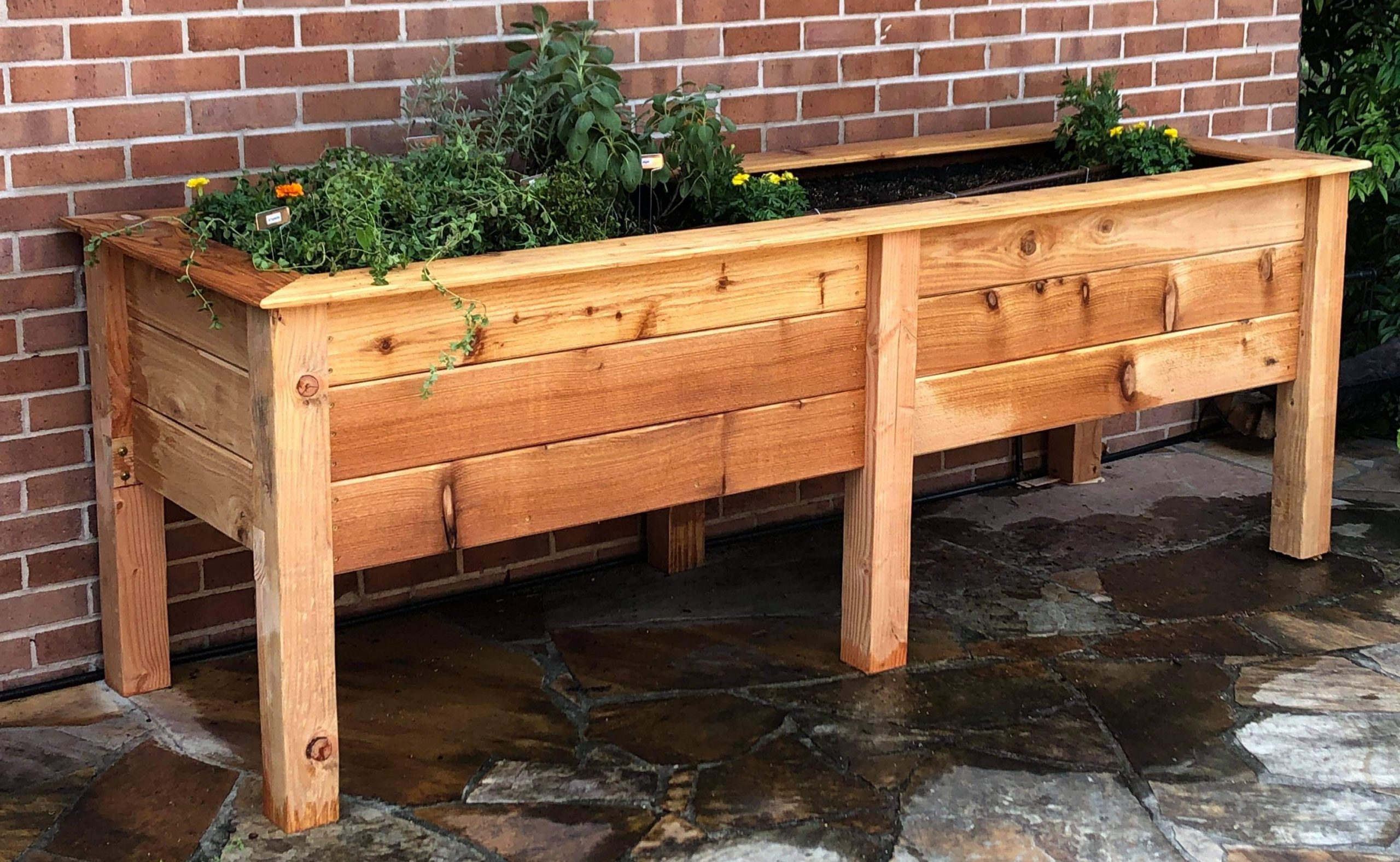
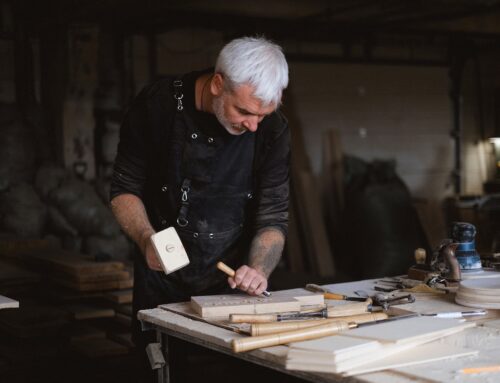
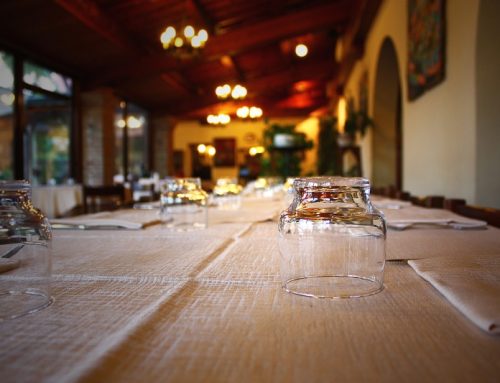
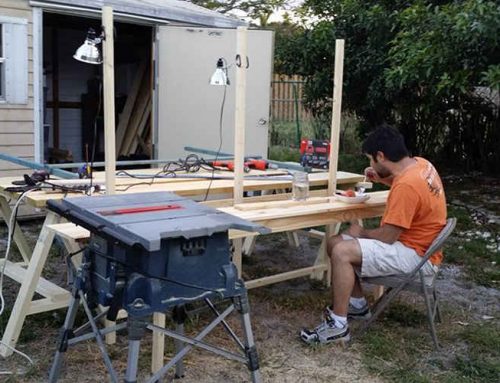
Leave A Comment